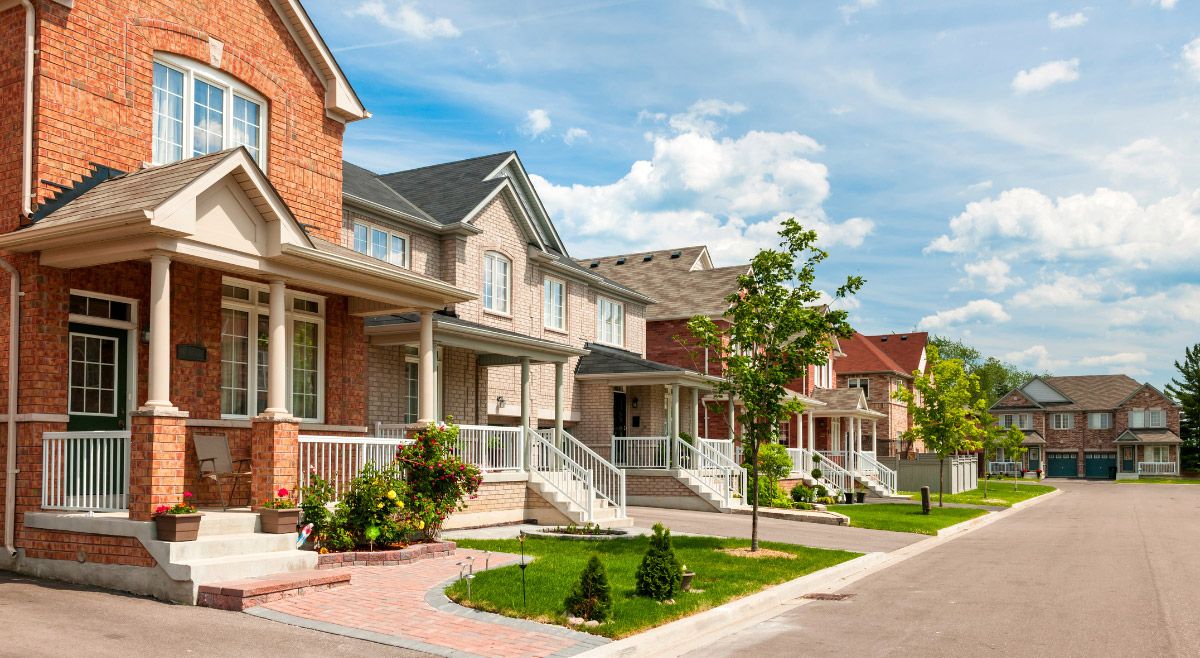
Preparing Rental Properties for Severe Weather
Preparing rental properties for severe weather events is a crucial responsibility for property owners and managers. Adequately addressing potential risks not only safeguards the physical structures but also ensures the safety of tenants and their possessions.
In this guide, we’ll investigate comprehensive strategies to prepare your rental properties, including understanding risks, implementing preventative measures, and developing robust emergency and recovery plans.
Understanding the Risks of Severe Weather
Identifying Common Weather-Related Hazards
Severe weather events come in various forms, such as hurricanes, tornadoes, floods, blizzards, and wildfire conditions. Recognizing these hazards is crucial to adequately prepare your rental properties against potential damage.
Assessing Risk Levels Based on Location
The severity and likelihood of such events vary depending on geographic location. Researching regional climatic data and adhering to local building codes and guidelines specific to severe weather in your area is essential.
Conducting Preventative Maintenance
Inspecting Structural Integrity
Examine the foundation, roof, windows, and doors for any vulnerabilities that might exacerbate weather-induced damage. Addressing these proactively can reduce long-term costs. Regular property maintenance services ensure that structures remain resilient against severe weather.
Securing Outdoor Features and Belongings
Ensure that trees are trimmed to prevent falling debris, outdoor furniture is anchored or stowed, and gutters are cleaned to help efficient water drainage. For more extensive upgrades, renovation services can enhance structural resilience.
Emergency Preparedness Planning
Establishing Communication Protocols With Tenants
Maintain updated contact information for tenants and outline clear communication channels for updates or instructions during an imminent weather event.
Preparing a Site-Specific Emergency Kit
Assemble kits featuring essentials yet tailored to the property type and local weather risks, these may include flashlights, first aid supplies, portable chargers, and local emergency numbers.
Working With Professionals for Weather Readiness
Consulting with Insurance Providers
Discuss your insurance policies to confirm coverage specifics concerning weather-related damages and explore options for additional protection if necessary.
Engaging Weatherproofing Specialists
Collaborate with contractors who specialize in reinforcing properties against severe weather: for example, window specialists for storm shutters and engineers for roof bracing.
Post-Severe Weather Response and Recovery
Inspecting and Documenting Damage
After severe weather subsides, conduct a detailed inspection of the property, noting any signs of damage. Proper documentation can expedite insurance claims.
Coordinating Repairs and Insurance Claims
Engage certified professionals to address repairs promptly and work closely with insurance companies to process claims efficiently and reinstate the property to its pre-storm condition.
Conclusion
Preparing your rental property for severe weather is an essential aspect of property management. By addressing the risks proactively, conducting regular maintenance, and ensuring efficient emergency and recovery protocols, you provide a safer environment for tenants while protecting your investments, fostering trust, and mitigating potential losses.
Contact us today to learn how our team can help you implement effective weather preparedness strategies, protect your tenants, and keep your properties safe, occupied, and profitable.
Key Takeaways
- Identify common severe weather risks specific to your rental property’s location to implement appropriate preventative measures.
- Regularly inspect and maintain the structural integrity of the property to mitigate potential damage during weather incidents.
- Create clear emergency communication protocols with tenants and provide a tailored emergency kit for each property.
- Consult with insurance providers to ensure coverage aligns with regional weather risks and reinforce properties with professional assistance.
- Post-storm, promptly inspect the property, document damages, and coordinate with certified repair professionals and insurers for restoration.
Frequently Asked Questions
Why is preparing rental properties for severe weather important?
Preparing rental properties for severe weather protects both the property and its tenants by minimizing potential damage and ensuring safety during extreme conditions.
What are essential steps to assess severe weather risks for rental properties?
Start by identifying the common severe weather risks in the property’s location and evaluating the property’s vulnerabilities to these hazards to develop effective mitigation plans.
What preventative maintenance actions should property managers take?
Inspect property structures such as roofs, windows, and foundations for vulnerabilities, secure outdoor items, and ensure proper drainage systems are in place to reduce damage risks.
How can I prepare tenants for emergency situations?
Establish and communicate clear emergency procedures, maintain up-to-date contact information, and provide tenants with property-specific emergency kits tailored to prevailing weather threats.
Are there professionals that can assist with severe weather preparedness?
Yes, consult insurance providers for guidance on suitable coverage and collaborate with specialized contractors to reinforce property features against severe weather conditions.